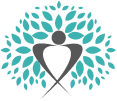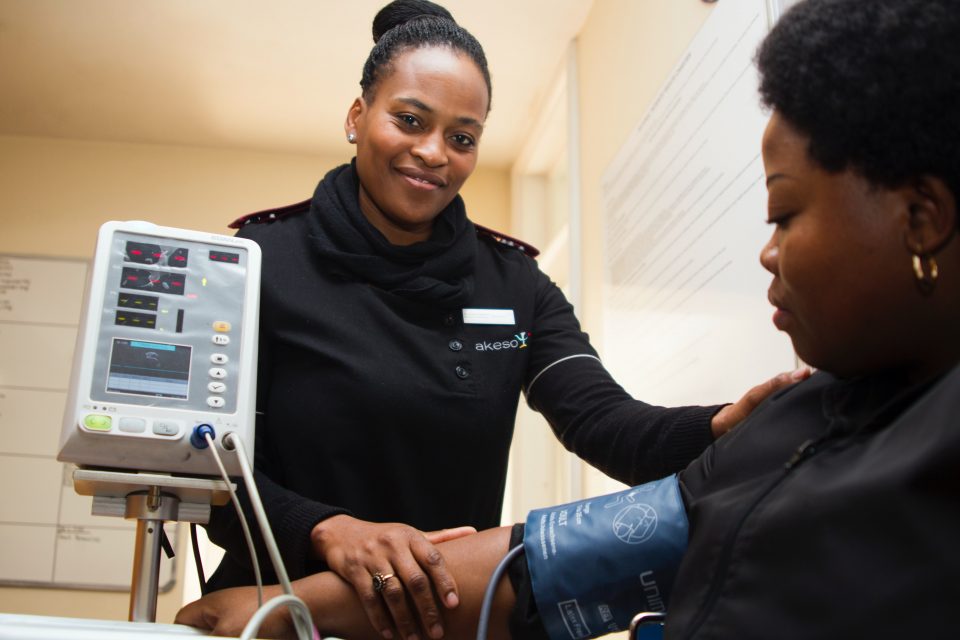Blood Pressure
Have you been diagnosed with high blood pressure? You might be surprised to find how many of your daily activities might be causing it or making it worse. Hypertension, or High Blood Pressure, is a very serious cardiovascular condition that can lead to other forms of heart disease, sometimes even resulting in a heart attack or stroke. Due to the prevalence of individuals with heart disease, there has been an increasing awareness and testing for those who have trouble with keeping their blood pressure down.
Blood Circulation
Hypertension is the medical name for high blood pressure. It occurs when your blood pressure rises above normal levels. In the most basic sense, this refers to the amount of blood that passes through the veins and arteries at any given moment. With pressure building, the heart faces resistance and tries to pump blood throughout your body.
Symptoms of High Blood Pressure
As a common disease, more than half of Americans will experience that can lead to life altering complications such as a heart attack or stroke. Additionally, there are no visible symptoms that associate with high blood pressure making it harder to detect since the disease only expresses symptoms in a relatively small number of cases. Many of these symptoms will not appear when hypertension is present, but waiting for all of the symptoms to appear before seeking treatment can be a fatal mistake.
- headaches
- changes in vision
- dizziness
- nosebleeds
- blood in the urine.
Detecting High Blood Pressure
Heart disease has become more widely diagnosed due to increased awareness. Now, it is standard procedure to have your blood pressure taken every time you visit your doctor. Many large pharmacies also have machines that will let you read your blood pressure for free. The procedure for a blood pressure test is very simple:
- a technician will wrap a lose fitting cuff around your upper arm
- the technician or the machine conducting the test will then inflate this tube
- as the pressure builds, technician or the machine taking the reading watches for the amount of pressure that barely moves the needle on the pressure gauge
- the machine or technician will receive a preliminary reading of both your systolic and diastolic pressure.
Diastolic pressure is the maximum force exerted on the vein walls, when the artery is filled with blood.
Systolic pressure is measurement taken during the minimum pressure.
Reading Blood Pressure Test Results
The results of your blood pressure test will be a two-number figure, with your systolic number and your diastolic number. The results of your test will be written with a diastolic and systolic value, separated by a forward slash. Each of these numbers will vary with various factors, such as the age and gender of the patient. Particularly, males will have higher numbers than females. On average an adult’s systolic number should read between 90-120 mmHg and their diastolic should read between 60-80 mmHg. For children these numbers usually much higher, although a smaller cuff is often required for the test to be administered to children. The unit to measure blood pressure ratings (Millimeters of mercury or mmHg) is a carryover from when liquid Mercury was used.
Proven Causes
Adrenal Gland/Kidney Problems:
Adrenal glands store your body’s supply of adrenaline, a naturally-occurring hormone that your body keeps in reserve for emergency situations. When you are in danger your body pumps this into your bloodstream, raising your heart rate and your blood pressure in an effort to help you survive. Some patients have issues with overactive adrenal glands and experience unnecessary doses of adrenaline. Tumors or growths around the area—whether in the glands themselves or in the adjacent kidneys—can cause similar issues.
Smoking:
Smoking cigarettes and other smokeless tobacco products contain nicotine, a stimulant that increases your heart rate. When using these products, your blood pumps through your body much faster, raising your blood pressure and putting strain on your heart, veins and arteries.
Caffeine:
By causing more blood to rush through your veins and arteries, caffeine allows your body to receive more oxygen at any given time. This comes with a risk of added strain on your heart, veins and arteries due to an elevated blood pressure and pulse rate. Similar to nicotine, caffeine is also a stimulant that provides an increased heart rate for the user.
Illegal Drugs:
Drugs such as Cocaine or Amphetamines are also stimulants. These illegal drugs also cause your heart rate and blood pressure to increase, but often to a much larger extent. Providing you with extra available energy at the risk of heart damage or even heart failure.


